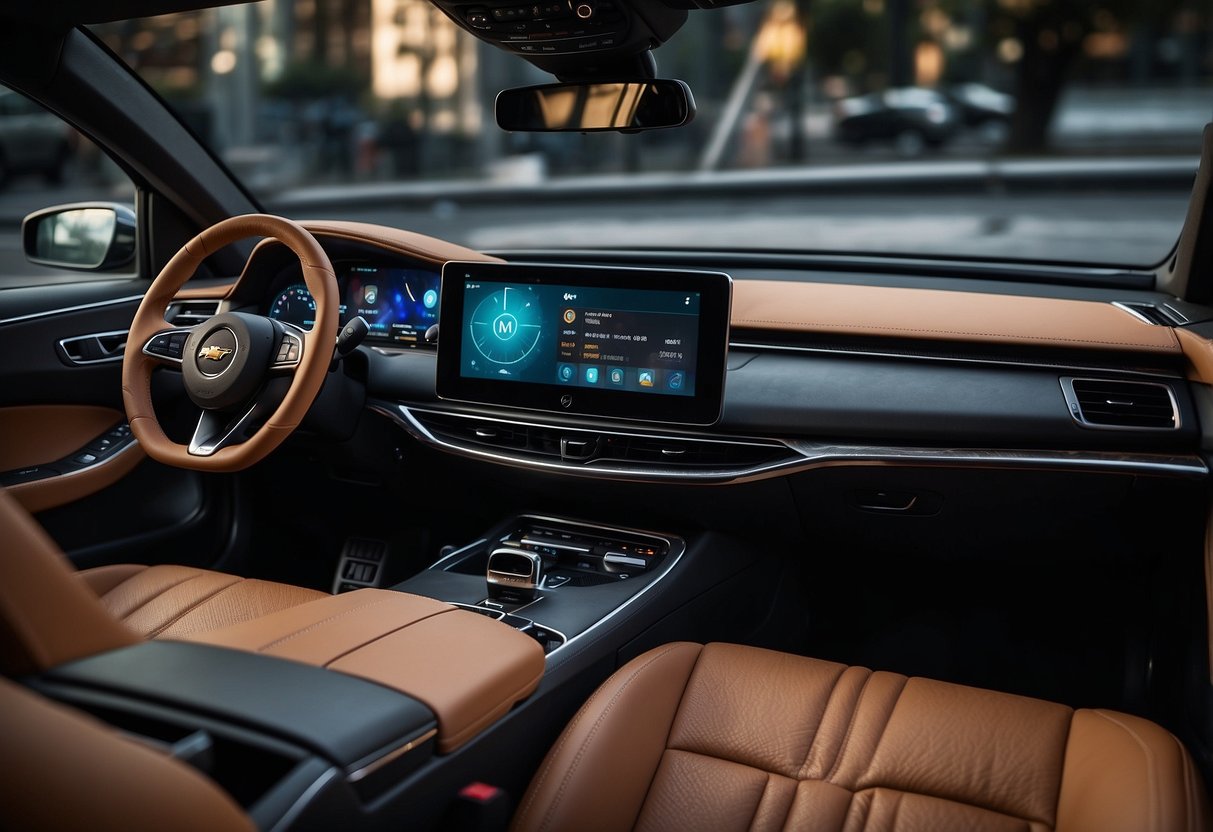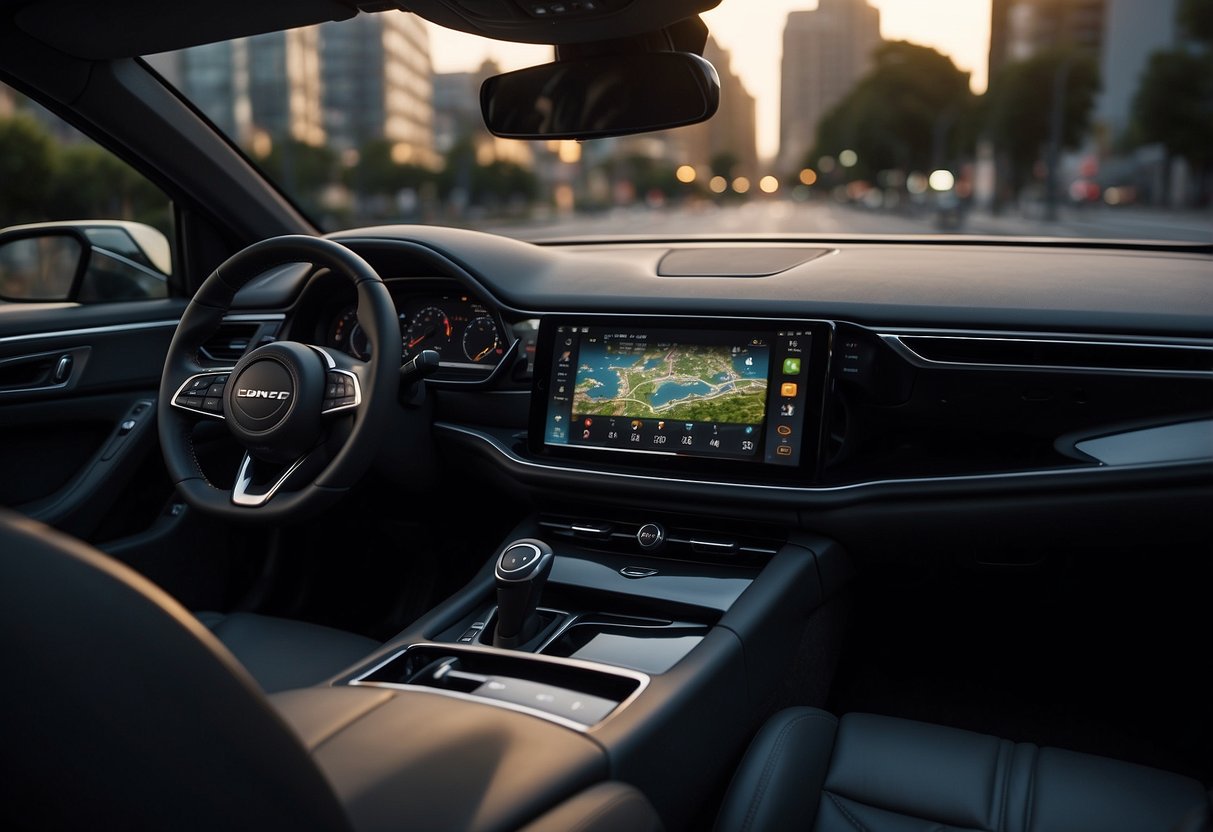
Critical Milestones in Infotainment Evolution

Car infotainment systems have seen remarkable advancements, moving from simple radio receivers to complex integrated platforms. They now combine audio entertainment, navigation, and connectivity features.
Radio Integration
The introduction of radio integration into automobiles marked a significant milestone. In 1930, Motorola introduced the first commercially successful car radio, the Motorola 5T71. This innovation represented a quantum leap in in-car entertainment, allowing drivers to tune into AM broadcasts while on the move.
Car radios helped set the precedent for future infotainment developments, establishing the car as a mobile entertainment hub. By the 1950s, radio became a standard feature in most vehicles, fostering a new culture of drivers enjoying music and news during their commutes.
Introduction of the Cassette Player
The arrival of the cassette player in the 1960s brought personalized audio to car travel. Philips pioneered this technology with the compact cassette in 1963. Drivers could now play their music collections or listen to audiobooks while driving.
Cassette players offered convenience and better sound quality compared to AM radios. The ability to choose content played a crucial role in enhancing the driving experience. By the 1980s, cassette players were a common feature, laying the groundwork for future music playback options in cars.
Touchscreen and GPS Innovations
Touchscreen and GPS innovations revolutionized car infotainment, starting in the late 1990s. The first in-dash navigation systems appeared in luxury vehicles. These systems married digital mapping with GPS to provide real-time navigation solutions, making it easier to reach destinations.
Touchscreen technology simplified the interaction with infotainment systems, allowing users to control audio, navigation, and climate settings through an intuitive interface. These innovations transformed car dashboards into multimedia command centers, drastically improving the user experience and functionality.
Emergence of Smartphone Integration
Smartphone integration is the latest major development in car infotainment. Systems like Apple CarPlay and Android Auto, launched in 2014 and 2015 respectively, symbolize this shift. These platforms enable seamless integration between a driver’s smartphone and the car’s infotainment system.
With this advancement, drivers gain access to apps, maps, and media from their phones via the car’s display. Voice commands and touch controls ensure safer interactions while driving. This integration has made cars more connected than ever, turning them into extensions of our digital lives.



